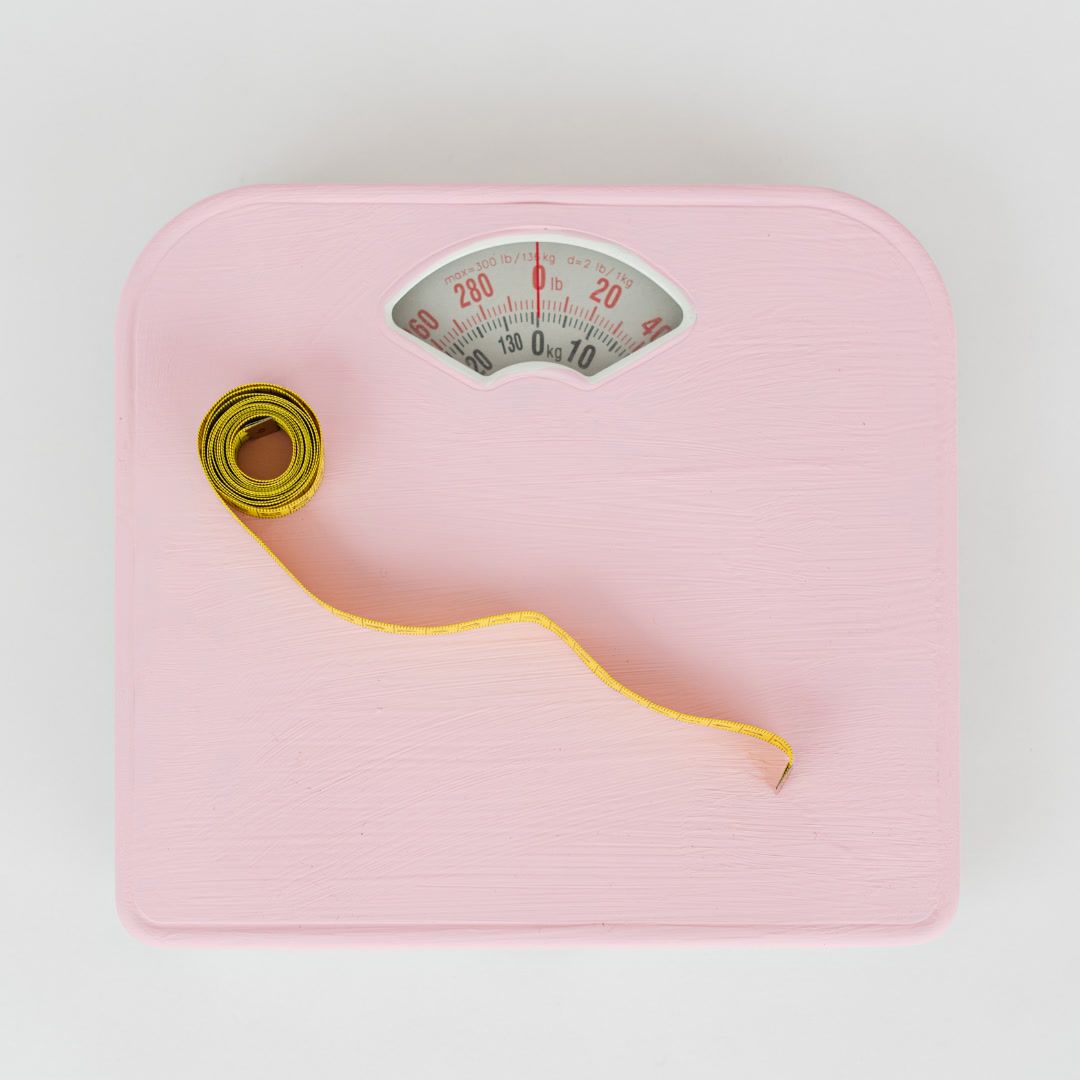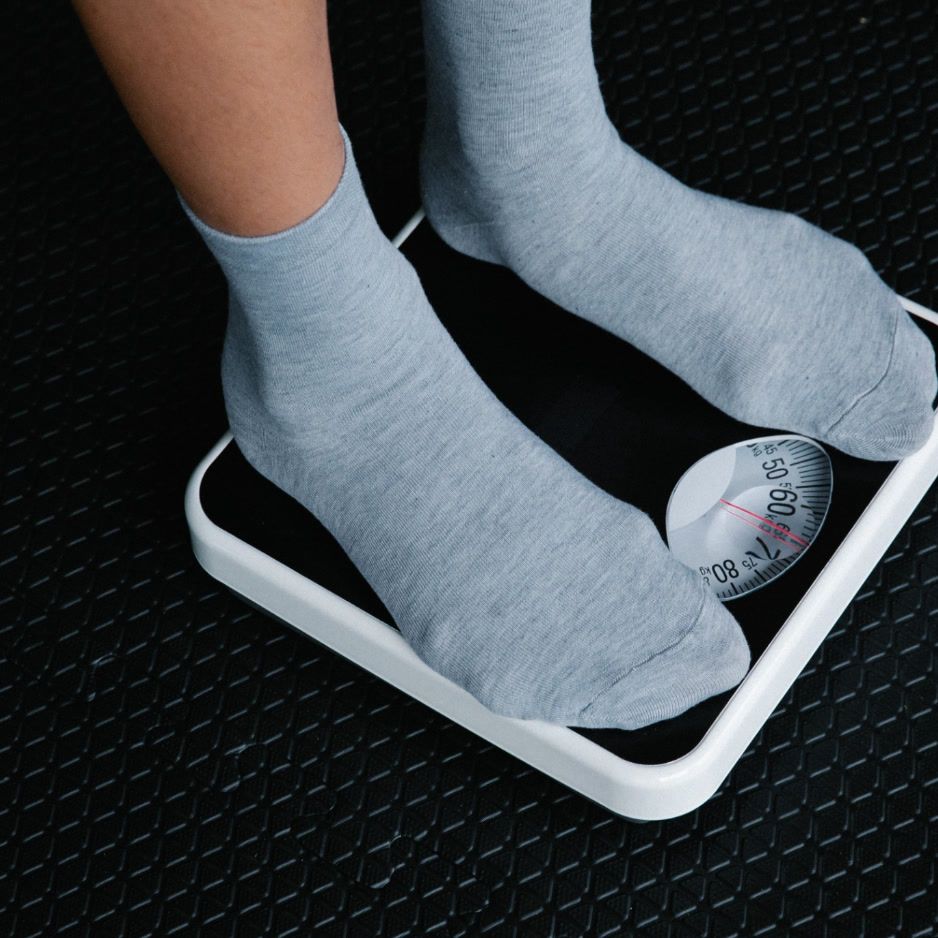What Is My Body Type? The Ultimate Calculator for Health, Fitness & Style

What Is My Body Type? The Ultimate Calculator for Health, Fitness & Style
Your body type determines how your body responds to diet and exercise, and classifies your natural shape for both health assessment and personal style choices. Understanding your body type is the foundation for optimizing your health, fitness routine, and personal style. This comprehensive guide explores two evidence-based frameworks: somatotypes (which focus on fitness and metabolism) and body shapes (which address health risks and fashion choices). By understanding both aspects of your physique, you'll gain insights that help you make more informed decisions about exercise, nutrition, and wellness strategies tailored to your body.
Interactive Body Type Calculator
Understanding Body Types: Science Meets Style
Somatotypes: Your Fitness Blueprint
Originally developed in the 1940s, the somatotype framework has since evolved from its initial psychological focus. Today, it's used in fitness to describe body composition tendencies, with organizations like the National Academy of Sports Medicine providing modern training guidelines:
- Ectomorph: Naturally lean with fast metabolism
- Mesomorph: Athletic build with efficient muscle development
- Endomorph: Stockier frame with tendency to store fat easily
Body Shapes: Your Style Guide
Based on the measurement ratios of your bust, waist, and hips, body shapes help guide fashion choices:
- Apple (Inverted Triangle): Broader shoulders/bust than hips
- Pear (Triangle): Hips wider than bust
- Hourglass: Balanced bust and hips with defined waist
- Rectangle: Similar measurements throughout with less defined waist
The Three Somatotypes Explained
Ectomorph: The Natural Lean Machine
Characteristics:
- Narrow shoulders and hips relative to height
- Lean build with less natural muscle mass
- Naturally fast metabolism making weight gain difficult
- Often described as "hardgainers" in fitness contexts
Health Tendencies:
- May have lower baseline risk of metabolic syndrome and cardiovascular disease, as explained by Cleveland Clinic
- Tend toward naturally lower visceral fat accumulation
- Often maintain relatively stable weight patterns throughout life
Fitness Strategy:
- Focus on: Muscle building and strength training
- Training: Compound lifts with longer rest periods (60-90 seconds)
- Cardio: Minimal—prioritize resistance training for mass gain
- Nutrition: Higher calorie and protein intake, following the International Society of Sports Nutrition recommendation of 1.8-2.0g of protein per kg of body weight (or about 0.8-0.9g per pound) to support muscle growth
Mesomorph: The Athletic Build
Characteristics:
- Medium bone structure with wider shoulders than hips
- Well-developed musculature and efficient metabolism
- Gains and loses mass relatively easily
- Often naturally athletic
- Responds well to most exercise types
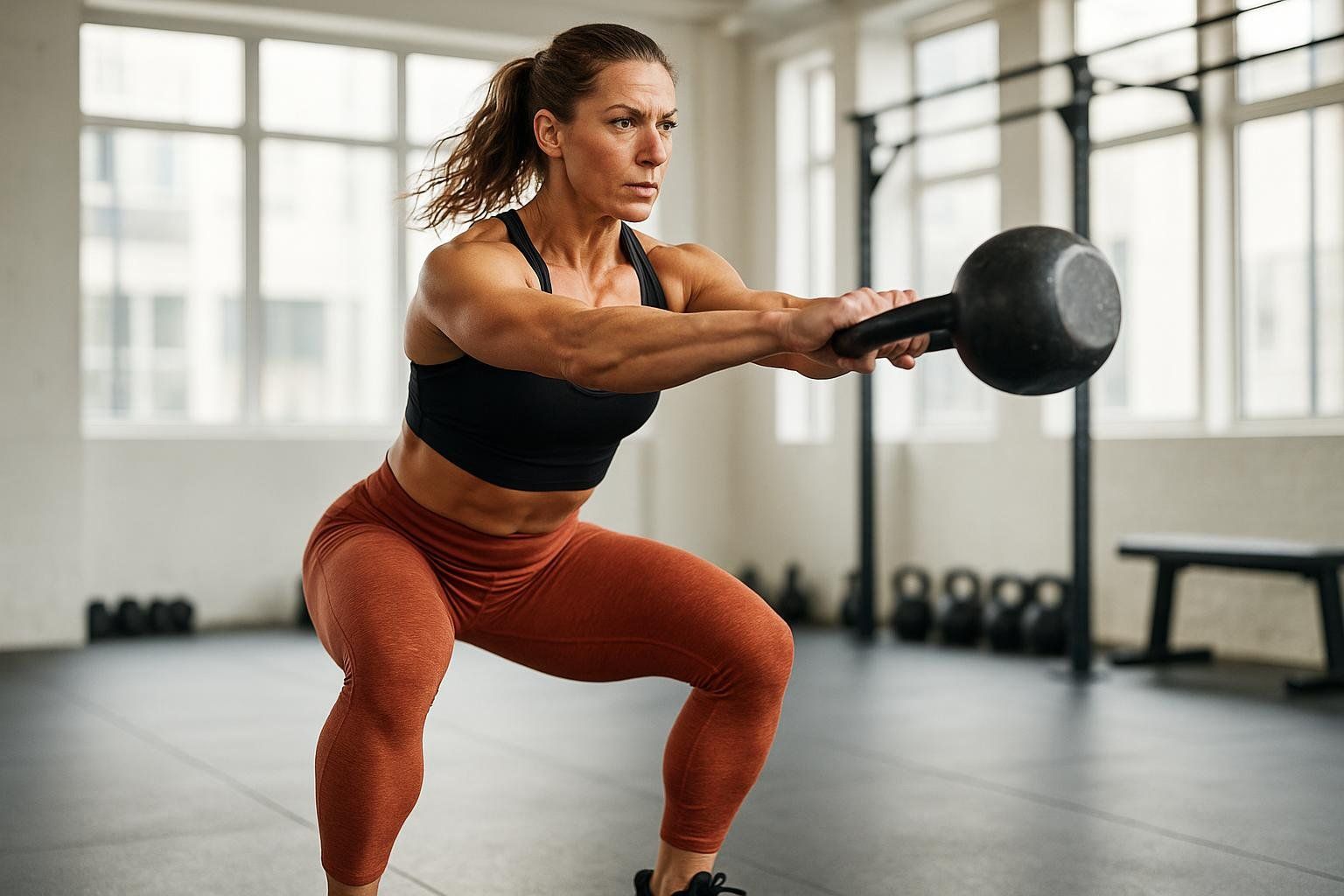
Health Profile:
- Generally favorable health characteristics when physically active, according to WebMD
- Natural tendency to maintain healthy muscle-to-fat ratios
- Often have efficient insulin sensitivity and glucose metabolism due to higher muscle mass
- Less prone to extreme weight fluctuations
Fitness Strategy:
- Focus on: Varied training for athletic performance
- Training: Mix of strength, power, and endurance work
- Cardio: Moderate amounts to support overall fitness
- Nutrition: Maintain a balanced macronutrient intake to support training, adjusting protein (1.6-2.0g per kg, or about 0.7-0.9g per pound) based on goals from maintenance to muscle gain
Endomorph: The Powerful Frame
Characteristics:
- Stockier bone structure with larger midsection
- Higher tendency to store fat, particularly around waist
- Naturally slower metabolism
- Often stores more visceral fat than other types

Health Considerations:
- Higher risk for metabolic syndrome if inactive, as explained by Cleveland Clinic
- May have a higher tendency to develop insulin resistance, particularly with a sedentary lifestyle or diet high in processed foods
- Genetic predisposition to apple body shape increases cardiovascular risk
Fitness Strategy:
- Focus on: Fat loss and metabolic conditioning
- Training: High-intensity intervals with short rest periods
- Cardio: Regular steady-state and HIIT sessions
- Nutrition: Higher protein intake (1.6-2.0g per kg of body weight, or about 0.7-0.9g per pound) with controlled carbohydrates to support satiety and muscle retention
Body Shapes and Health Implications
Understanding your body shape isn't just about fashion—it reveals important health insights about fat distribution patterns and associated cardiovascular risks.
Apple Shape: The Metabolic Alert
Key Features:
- Waist circumference exceeding 35 inches for women or 40 inches for men, according to NIH guidelines
- Weight carried primarily around midsection
- Higher waist-to-hip ratio (>0.85 for women, >1.0 for men)
Health Reality Check:
Research consistently shows apple-shaped individuals have significantly higher risks for:
- Type 2 diabetes: Research from the Broad Institute found that genetic predisposition to higher waist-to-hip ratio contributes to diabetes development and cardiovascular disease risk
- Cardiovascular disease: A study published in Clinical Nutrition found that a 10cm increase in waist circumference was associated with an 11% higher risk of cardiovascular disease
- Metabolic syndrome: Apple shapes more likely to store dangerous visceral fat
- Hormonal disruption: Central obesity often indicates cortisol elevation and stress-related fat storage, as detailed in a study published in Nutrition & Metabolism on chronic stress and adipose tissue metabolism
Unlike pear-shaped fat storage, this abdominal fat is metabolically active; it releases inflammatory proteins directly into the bloodstream, a process detailed by Harvard Health, while fat stored in hips and thighs appears protective against heart disease.
Pear Shape: The Protective Pattern
Key Features:
- Hips wider than bust measurements
- Weight stored primarily in hips, thighs, and buttocks
- Defined waist with lower waist-to-hip ratio
Health Profile:
- Lower cardiovascular risk compared to apple shapes
- Protective fat distribution: Subcutaneous fat in hips/thighs is metabolically safer than central storage
- Considerations: May still accumulate visceral fat despite overall protective pattern
- Joint considerations: Excess lower body weight may stress knee and hip joints over time, as noted by Johns Hopkins Arthritis Center, which explains that additional weight increases joint load and stress
Health Strategy:
- Focus on overall fitness rather than spot reduction
- Maintain healthy weight to prevent joint stress
- Regular activity supports continued metabolic health
Hourglass Shape: The Balanced Silhouette
Key Features:
- Nearly equal bust and hip measurements
- Defined waist (typically 9+ inches smaller than bust/hips)
- Proportional fat distribution
Health Notes:
- Generally favorable fat distribution pattern
- Lower disease risk if body fat percentage remains in healthy range
- May still accumulate visceral fat with weight gain
- Often maintains balanced hormone profiles when weight is stable
Rectangle Shape: The Straight Silhouette
Key Features:
- Similar measurements for bust, waist, and hips (waist less than 9 inches smaller)
- Athletic or straight body type
- May have lower natural curves
Health Characteristics:
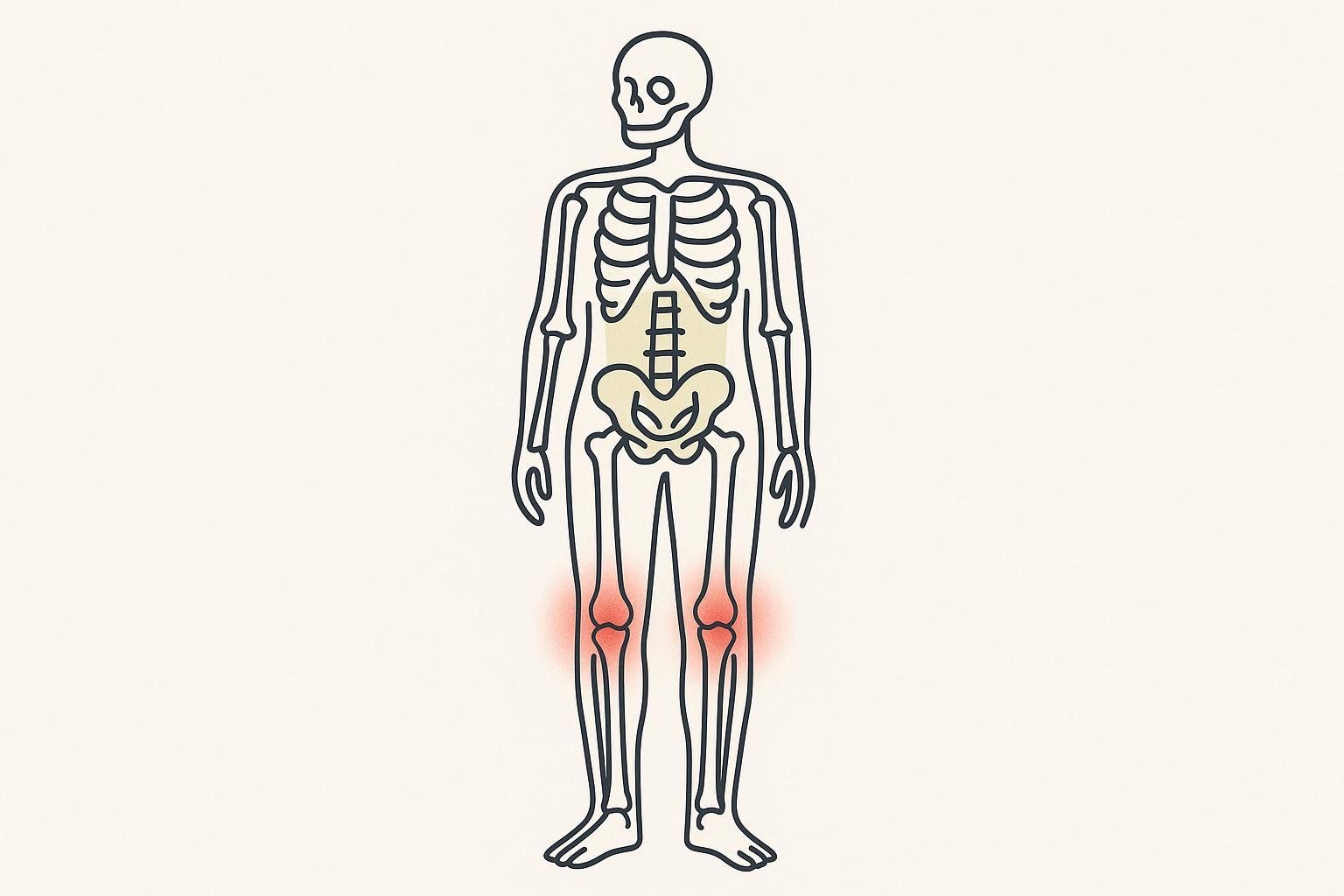
- This shape is often correlated with low body fat percentages
- May have a higher risk for osteoporosis due to typically smaller bone frames. According to the National Institute of Arthritis and Musculoskeletal and Skin Diseases, slender, thin-boned individuals are at greater risk because they have less bone mass to lose as they age.
- Often associated with lower metabolic disease risk when combined with healthy lifestyle habits, as noted by Cleveland Clinic
- May need to monitor for adequate essential fat levels
Beyond Basic Classification: Advanced Body Composition
Body type classification provides a starting point, but precision matters for serious health goals. While our calculator offers valuable insights, DEXA scanning reveals the complete picture:
What DEXA Adds:
- Precise visceral fat measurement (the most dangerous type)
- Regional muscle distribution (identify imbalances)
- Bone density assessment (predict osteoporosis risk)
- Objective progress tracking to confirm you are losing fat and gaining muscle
When to Consider DEXA:
- Apple body shape with elevated waist circumference
- Family history of diabetes or heart disease
- Pursuing body recomposition (building muscle while losing fat)
- Monitoring health interventions over time
Your Personalized Action Plan
Most people are combinations rather than pure types. You might be a "Mesomorph with Rectangle shape" or an "Endomorph with Apple tendencies." Understanding both aspects helps create comprehensive health and style strategies.
Profile: Endomorph with Apple Shape
Primary Goal: Mitigate Health Risks Through Fat Loss
Weekly Training Plan:
- 3-4 strength training sessions focusing on compound movements
- 2-3 cardio sessions emphasizing HIIT for visceral fat reduction
- Daily walking for 8,000+ steps
- 1-2 active recovery days
Nutrition Strategy:
- Establish a sustainable deficit of 300-500 calories per day to promote healthy weight loss
- Aim for 1.6-2.0g of protein per kilogram of body weight to preserve muscle during weight loss
- Focus on fiber-rich vegetables and limit refined carbohydrates for metabolic health
- Use portion control and mindful meal timing for optimal results
- Include anti-inflammatory foods like omega-3s, berries, and leafy greens
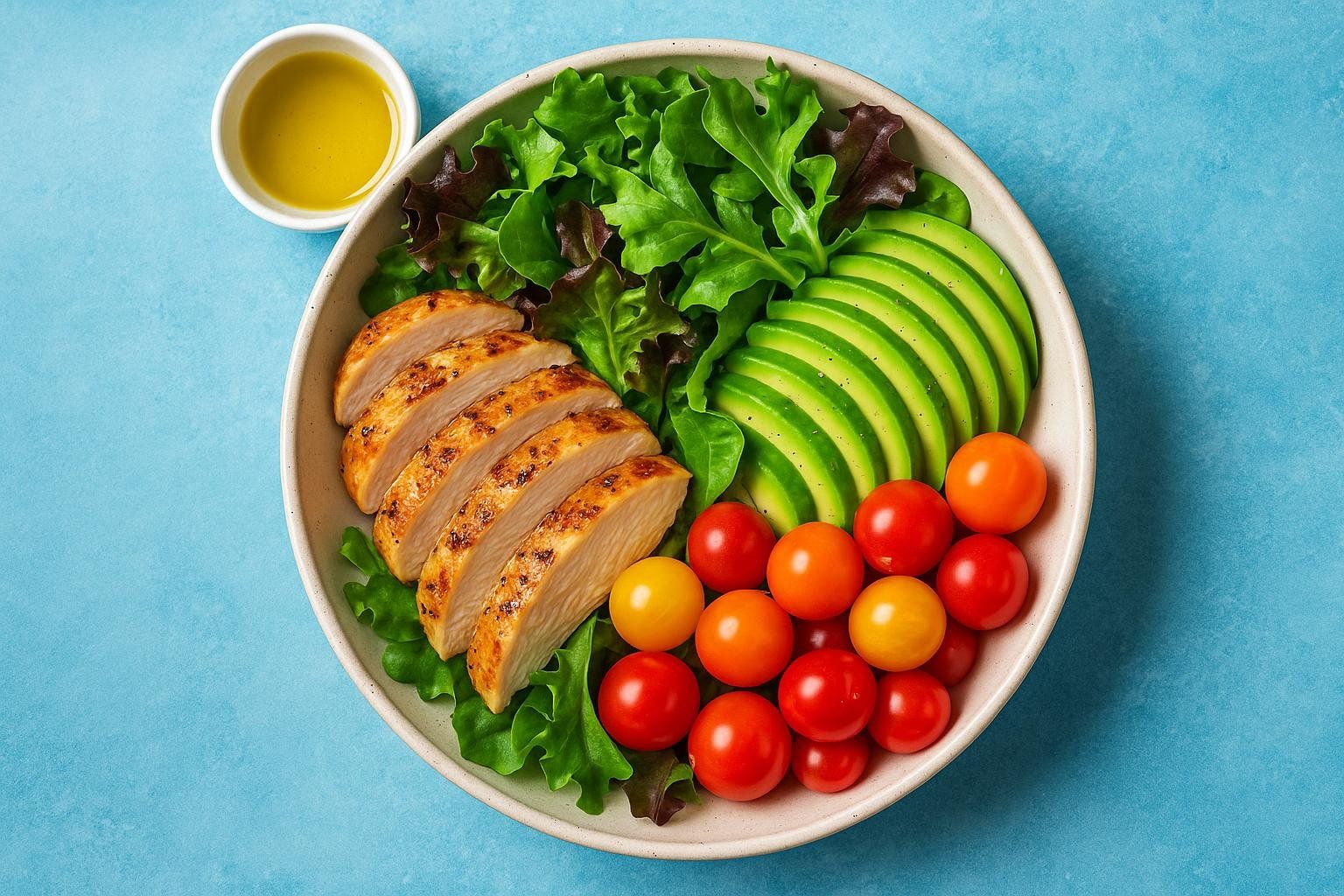
Health Monitoring:
- DEXA scans every 8-12 weeks to track visceral fat reduction
- Weekly waist circumference measurements
- Annual blood work (glucose, lipids, inflammation markers)
- Consider visceral fat as priority metric over scale weight
Profile: Ectomorph with Rectangle Shape
Primary Goal: Build Muscle and Create Curves
Weekly Training Plan:
- 3-4 strength training sessions with compound movements
- Focus on 6-12 rep range with 2-3 sets
- Minimal cardio (1-2 light sessions weekly)
- Longer rest periods (60-90 seconds) between sets
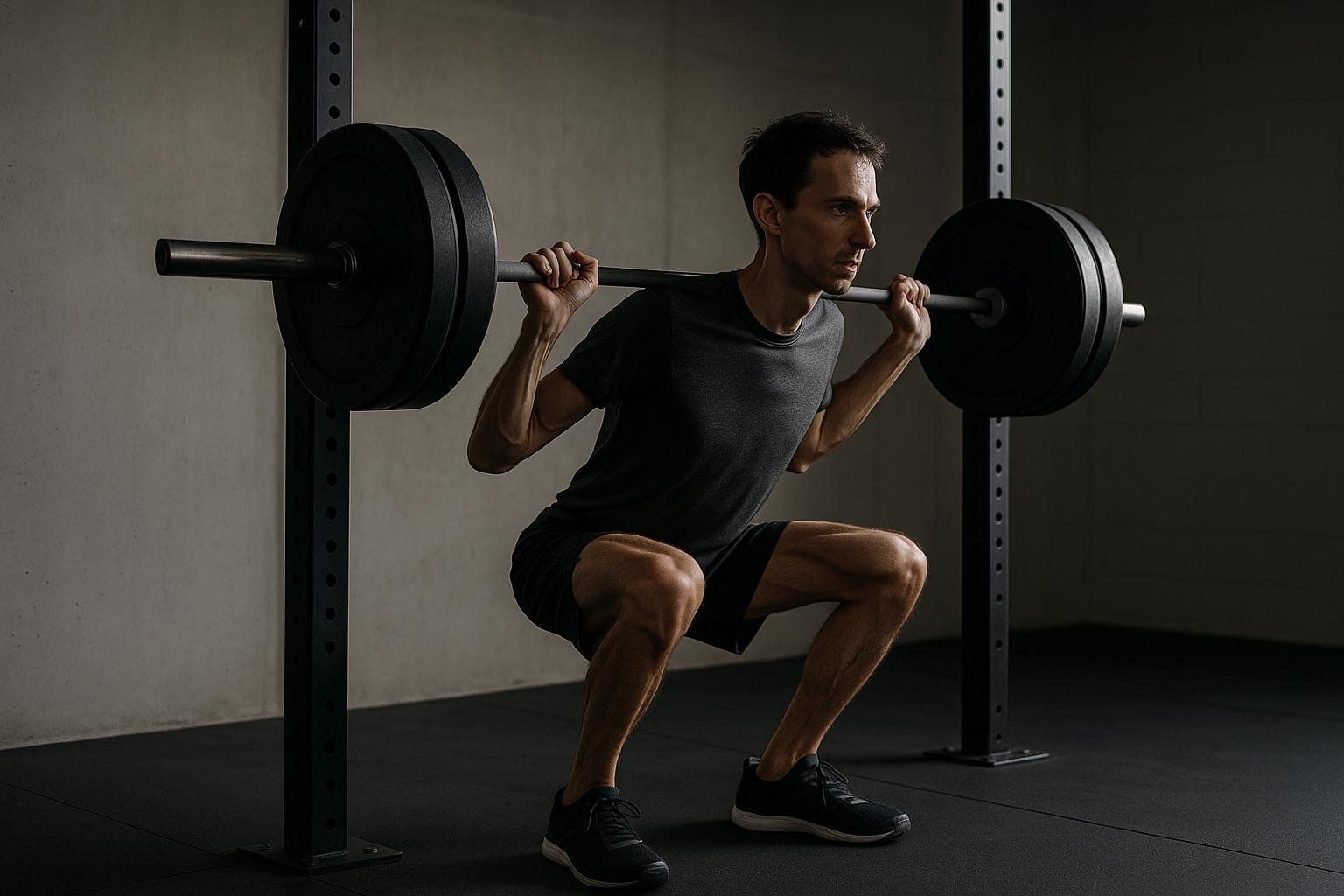
Nutrition Strategy:
- Maintain a consistent calorie surplus of 200-400 calories per day to support muscle growth
- Aim for 1.8-2.0g of protein per kilogram of body weight for muscle development and recovery
- Emphasize complex carbohydrates to fuel training sessions
- Plan frequent meals throughout the day to optimize protein synthesis
- Include a pre-bed protein snack to support overnight muscle recovery
Health Monitoring:
- Annual bone density screening
- Track muscle mass gains with periodic DEXA scans
- Monitor for adequate body fat levels to ensure sufficient essential fat, as Healthline notes essential fat levels of 2-5% for men and 10-13% for women are necessary for hormone production and overall health
- Focus on strength progression over scale weight
Profile: Mesomorph with Hourglass Shape
Primary Goal: Maintain Athletic Excellence and Natural Proportions
Weekly Training Plan:
- 3-4 strength training sessions
- 2-3 cardio sessions mixing HIIT and steady-state
- Include sports-specific skill work if applicable
- Planned rest and recovery periods
Nutrition Strategy:
- Adjust calories for maintenance with slight modifications (±200-300 calories) for muscle gain (surplus) or fat loss (deficit) based on specific goals
- Maintain 1.6-2.0g of protein per kilogram of body weight to support training demands and recovery
- Time carbohydrate intake around training sessions to optimize performance and recovery
- Prioritize hydration to support athletic performance, adjusting for training intensity
- Choose nutrient-dense whole foods to support overall athletic goals
Health Monitoring:
- Quarterly DEXA scans during intensive training phases
- Performance metrics tracking (strength, endurance, power)
- Regular injury prevention screening
- Focus on maintaining rather than dramatic changes
Common Questions About Body Types
Can your body type change?
Your basic bone structure and genetic tendencies remain constant, but your composition can shift dramatically. An endomorph who builds muscle and loses fat may develop a physique that appears more mesomorphic. Similarly, hormonal changes (menopause, aging) can alter fat distribution patterns.
How accurate is body type classification?
Body typing provides useful generalizations, not absolute rules. Research shows individual variation within each category. Use your results as a starting point, then adjust based on your unique responses to diet and exercise.
Should I train differently based on my body type?
Yes, but with important caveats. While somatotypes suggest training tendencies, individual preferences, goals, and responses matter more. An endomorph who loves steady-state running shouldn't feel forced to only do HIIT, even if HIIT is highly recommended for their metabolic conditioning goals.
What if I'm between types?
Most people are combinations. You might be 60% mesomorph, 40% endomorph. Focus on the dominant characteristics while incorporating strategies from your secondary type.
How does age affect body type?
Metabolic changes and hormone fluctuations can shift your functional body type over time:
- Men: Testosterone decline may create endomorphic tendencies
- Women: Menopause often shifts fat from hips to waist (pear to apple)
- Everyone: Age-related muscle loss (sarcopenia) can make the body appear leaner as muscle mass declines, causing a shift toward a more ectomorphic frame
Quick Style Guide by Body Shape
Apple Shape (Inverted Triangle)
Goal: Create vertical lines and draw attention away from midsection
Do:
- Empire waistlines to flow over the midsection
- V-necks to elongate the torso
- A-line silhouettes to create a graceful line from the waist down
Avoid:
- Tight tops at midsection that emphasize width
- Horizontal stripes across torso that add visual bulk
Pear Shape (Triangle)
Goal: Balance proportions by emphasizing upper body
Do:
- Boat necks to create the illusion of broader shoulders
- Bright colors on top to draw the eye upward
- Straight-leg pants to streamline the lower body
Avoid:
- Tight bottoms that emphasize hip width
- Hip embellishments like pockets or patterns that add visual weight
Hourglass Shape
Goal: Emphasize natural waist and maintain proportions
Do:
- Fitted clothing that follows your curves naturally
- Belted waists to showcase your natural waistline
- Wrap styles that enhance your silhouette
Avoid:
- Boxy or shapeless clothing that hides your natural curves and proportions
Rectangle Shape
Goal: Create curves and define waistline
Do:
- Peplum styles to add curves at the waist
- Belted waists to create definition
- Layering for dimension through textures and lengths
Avoid:
- Shapeless or boxy items like straight-cut tunics and drop-waist dresses that hide the body's lines
The Science Behind Body Types
Genetic Factors

Foundational research, such as a landmark 1990 study on identical twins published in the New England Journal of Medicine, demonstrates that genetics are a primary driver of body type:
- Heritability of body mass: 70-74% in men, 66-69% in women based on identical twins reared apart
- Fat distribution patterns: Strongly influenced by genetics, particularly post-menopause
- Muscle fiber types: Genetic variations affect training response
Hormonal Influences
Your endocrine system shapes your physique:
- Testosterone: Promotes muscle development and android fat distribution
- Estrogen: Encourages gynoid fat storage (hips/thighs)
- Insulin resistance: High insulin levels directly promote fat storage, especially visceral fat. Research, including a 2018 study, shows this hormonal state can trigger inflammatory responses and signal fat cells to store excess energy.
- Cortisol: Chronic elevation drives abdominal fat accumulation
Environmental Factors
Lifestyle significantly modifies genetic tendencies:
- Training history: Years of specific exercise reshape body composition
- Nutritional patterns: Chronic over- or under-eating alters fat distribution
- Sleep quality: Poor sleep promotes weight gain and alters hunger hormones
- Stress management: Chronic stress elevates cortisol and promotes abdominal fat storage
Advanced Considerations: Beyond Basic Body Types
The Kibbe System (Advanced Fashion Classification)
For those wanting deeper style analysis, the Kibbe body type system offers a more nuanced approach. This concept, described in detail by The Concept Wardrobe, considers bone structure, flesh, and facial features to create 13 distinct categories based on stylist David Kibbe's 1987 work. This system goes beyond basic measurements to consider your overall presence and styling needs.
Athletic vs. Aesthetic Goals
Your training should match your primary goal:
- Performance athletes: Focus on sport-specific demands over body-type generalizations
- Aesthetic goals: Use body type as a guide but adjust based on visual preferences
- Health optimization: Prioritize metabolic markers and longevity over appearance
Medical Conditions and Body Type
Certain health conditions can influence body composition:
- PCOS: Research published in BMC Medicine shows increased android fat accumulation in PCOS women, particularly in younger and non-obese patients
- Thyroid disorders: Can dramatically affect metabolism and body type characteristics, with studies published in Diabetes, Metabolic Syndrome and Obesity showing thyroid function impacts muscle and fat distribution
- Insulin resistance: Promotes central fat storage regardless of starting body type
If you have diagnosed metabolic conditions, work with healthcare providers to modify body-type recommendations appropriately.
Conclusion: Your Body Type Is Your Starting Point, Not Your Destination
Understanding your body type provides valuable insights for health, fitness, and style, but remember: you're not locked into a predetermined fate. Your body type describes tendencies and starting points—your choices determine outcomes.
Key Takeaways:
- Body type combines genetic predisposition with lifestyle factors
- Apple shapes carry higher health risks than pear shapes
- Exercise and nutrition can significantly modify your composition
- Individual variation within body types is substantial
- Professional testing provides the most actionable data
- Body fat percentage provides more accurate insights into your metabolic health than relying on scale weight or BMI alone
Most importantly: Use this knowledge to make informed decisions rather than limiting beliefs. An endomorph can become lean and strong. An ectomorph can build impressive muscle. Your body type is your starting chapter, not your final story.
Ready to replace estimates with precision? Schedule your BodySpec DEXA scan to get objective data on your body fat, muscle mass, and visceral fat.
Resources for Further Learning
- Body Fat Percentage Calculator - Estimate your current body fat levels
- What Is Body Composition? - Comprehensive guide to body composition fundamentals
- Visceral Fat vs. Subcutaneous Fat - Why fat location matters for health
- How to Improve Body Composition - Science-based strategies for body recomposition
